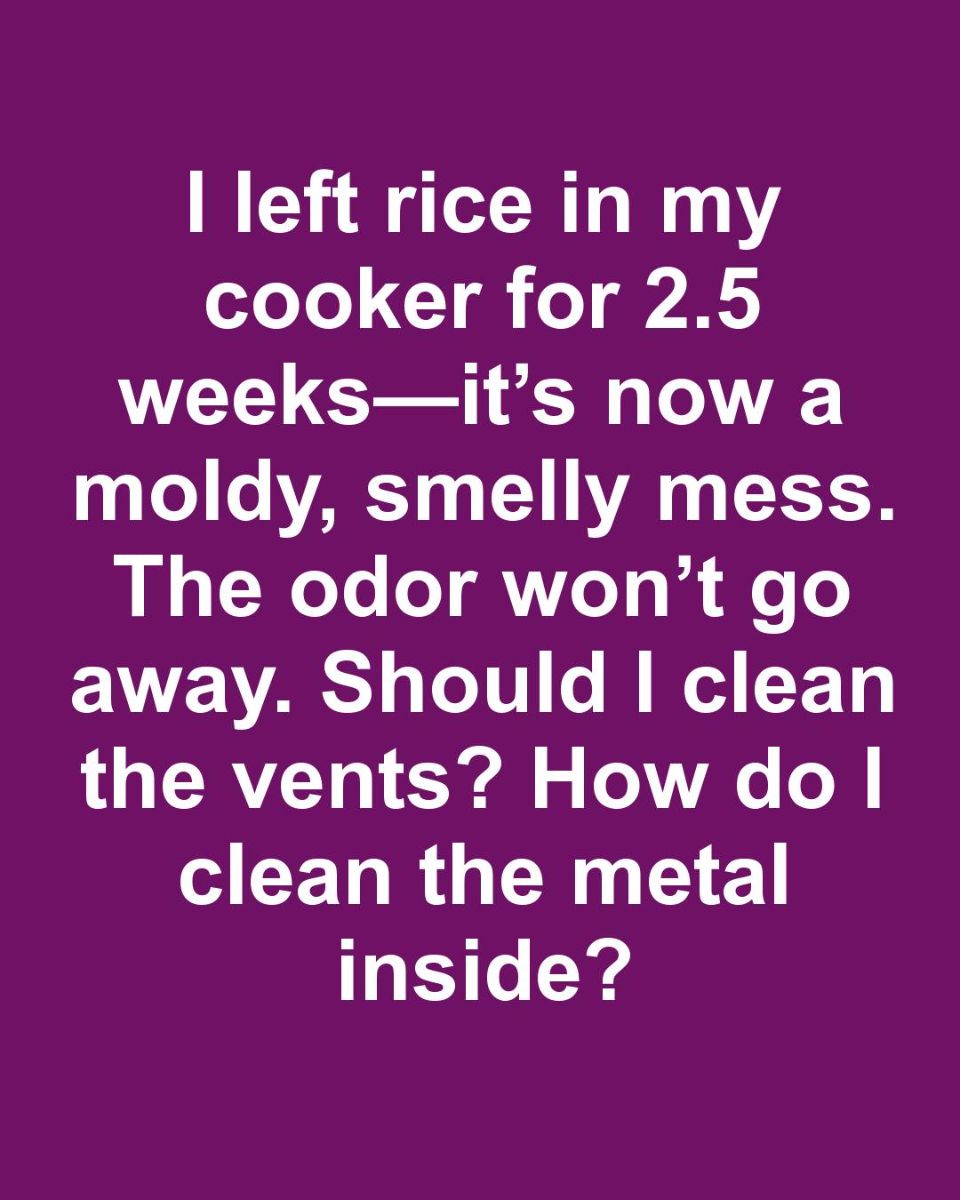Okay what are my options here?
Holly Owens
Contributing Writer
Print this recipe
Leaving rice in a rice cooker for an extended period, especially while traveling abroad, can lead to unpleasant surprises upon return. The once fluffy grains can transform into a moldy, stringy mess with a pungent odor that seems impossible to eliminate. This situation not only affects the rice cooker’s usability but also poses a challenge in terms of cleaning and restoring it to its original state. Understanding the steps needed to tackle this issue is crucial for any rice cooker owner who finds themselves in this predicament.
Understanding the Problem: Moldy Rice and Lingering Odors
When rice is left unattended in a rice cooker for weeks, it becomes a breeding ground for mold and bacteria due to the moisture and warmth. This leads to the formation of mold spores, which can penetrate the cooker’s components, causing a persistent odor. The smell can linger even after the visible mold is removed, making it essential to address both the physical and olfactory aspects of the problem.
Assessing the Damage: Is the Rice Cooker Salvageable?
Before diving into the cleaning process, it’s important to assess the extent of the damage. Check for any corrosion or damage to the electrical components, as severe mold growth can sometimes affect the functionality of the cooker. If the damage is superficial and primarily involves the removable parts, the rice cooker is likely salvageable with thorough cleaning.
Step-by-Step Guide to Cleaning a Moldy Rice Cooker
The following guide provides a comprehensive approach to cleaning a rice cooker that has been neglected for weeks. It involves a series of steps designed to remove mold, eliminate odors, and ensure the cooker is safe to use again.
Step 1: Initial Cleaning and Disposal of Moldy Rice
Begin by unplugging the rice cooker and removing the inner bowl. Dispose of the moldy rice in a sealed bag to prevent spores from spreading. Rinse the bowl under hot water to remove as much residue as possible before proceeding to a more thorough cleaning.
Step 2: Deep Cleaning the Rice Cooker Bowl
Soak the bowl in a solution of hot water and white vinegar for at least 30 minutes. This helps to kill mold spores and neutralize odors. Use a non-abrasive sponge to scrub the bowl, paying special attention to any stubborn spots. Rinse thoroughly and dry completely.
Step 3: Addressing Lingering Odors
